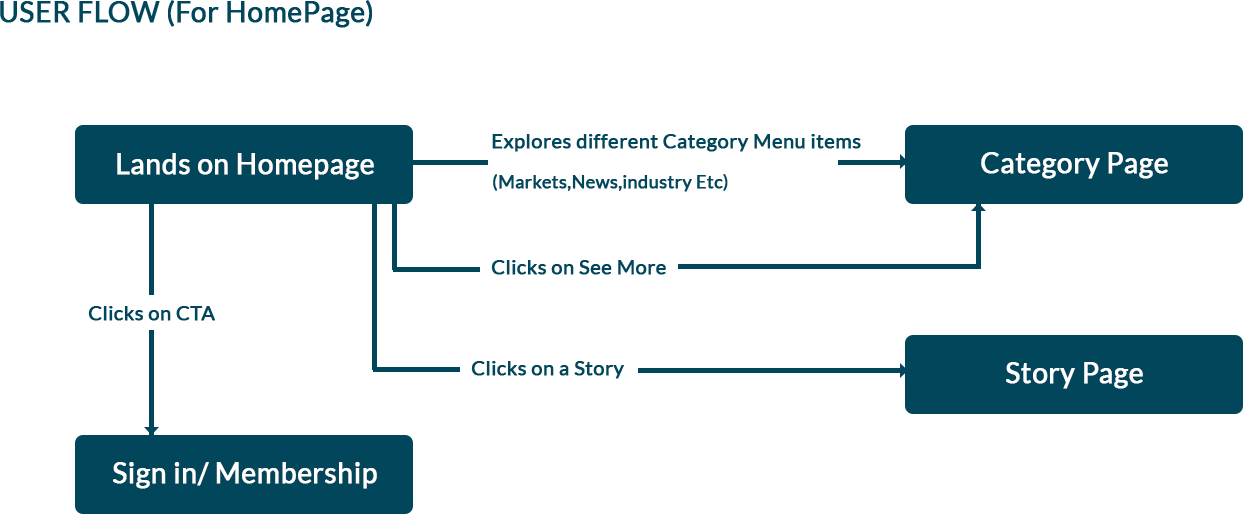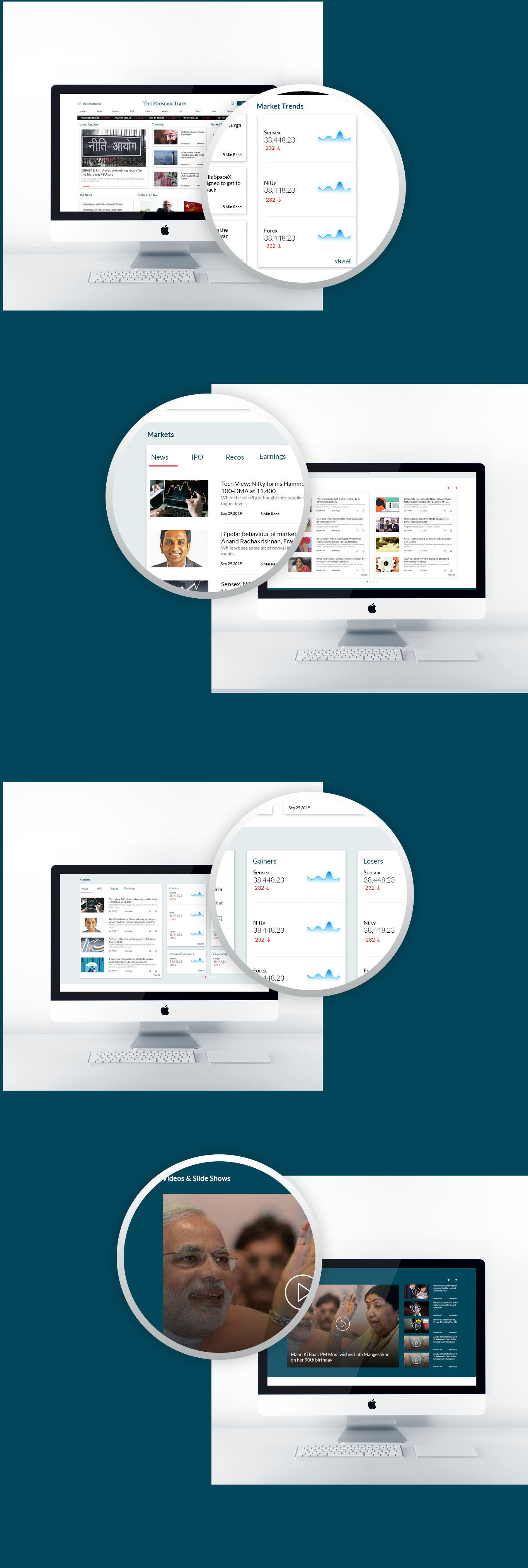Chatbots: How They’re Changing the Way We Communicate with Technology
The rise of artificial intelligence and machine learning has brought about many exciting developments in the tech industry, one of which is chatbots. Chatbots are computer programs designed to simulate conversation with human users through text or voice. They have become increasingly popular in recent years, and are being used by businesses of all sizes to improve customer service, automate processes, and enhance the overall user experience.
What are Chatbots?
Chatbots are essentially a type of software that can communicate with humans in a natural language. They can understand user input, interpret it, and provide a response. Some chatbots are programmed to handle specific tasks, such as booking a hotel room or ordering food, while others are designed to provide customer support or answer general questions.
Chatbots can be accessed through various platforms, including messaging apps, websites, and voice assistants. Users can interact with them by typing in text messages, speaking to them, or tapping on predefined buttons.
How Do Chatbots Work?
Chatbots use natural language processing (NLP) and machine learning algorithms to understand user input and provide relevant responses. NLP is a subfield of artificial intelligence that focuses on the interaction between humans and computers using natural language.
When a user interacts with a chatbot, the software uses NLP to analyze the input and identify the user’s intent. It then searches for the most appropriate response based on the data available, such as the user’s past interactions, preferences, and context. If the chatbot is unable to provide a satisfactory response, it can escalate the conversation to a human operator.
Benefits of Chatbots
Chatbots offer many benefits for businesses and users alike. Some of these benefits include:
- Improved Customer Service: Chatbots can provide instant responses to customer inquiries and support requests, reducing wait times and improving satisfaction.
- Increased Efficiency: Chatbots can handle repetitive tasks and processes, such as booking appointments or answering frequently asked questions, freeing up human operators to focus on more complex tasks.
- 24/7 Availability: Chatbots can operate around the clock, providing assistance to users at any time, even outside of regular business hours.
- Cost Savings: Chatbots can reduce labor costs by automating tasks that would otherwise require human intervention.
Challenges of Chatbots
While chatbots offer many benefits, there are also some challenges associated with their use. Some of these challenges include:
- Limited Capabilities: Chatbots are only able to handle tasks that they have been specifically programmed for, and are unable to handle complex or unexpected situations.
- Lack of Personalization: Chatbots may not be able to provide the level of personalization that users expect, leading to frustration and disengagement.
- Ethical Concerns: There are concerns about the use of chatbots for potentially harmful or unethical purposes, such as spreading misinformation or manipulating users.
Conclusion
Chatbots are a rapidly evolving technology that is changing the way we interact with technology. While there are still some challenges to be addressed, the benefits of chatbots are clear. As they continue to become more sophisticated and capable, chatbots have the potential to revolutionize the way we communicate with businesses, organizations, and each other.













